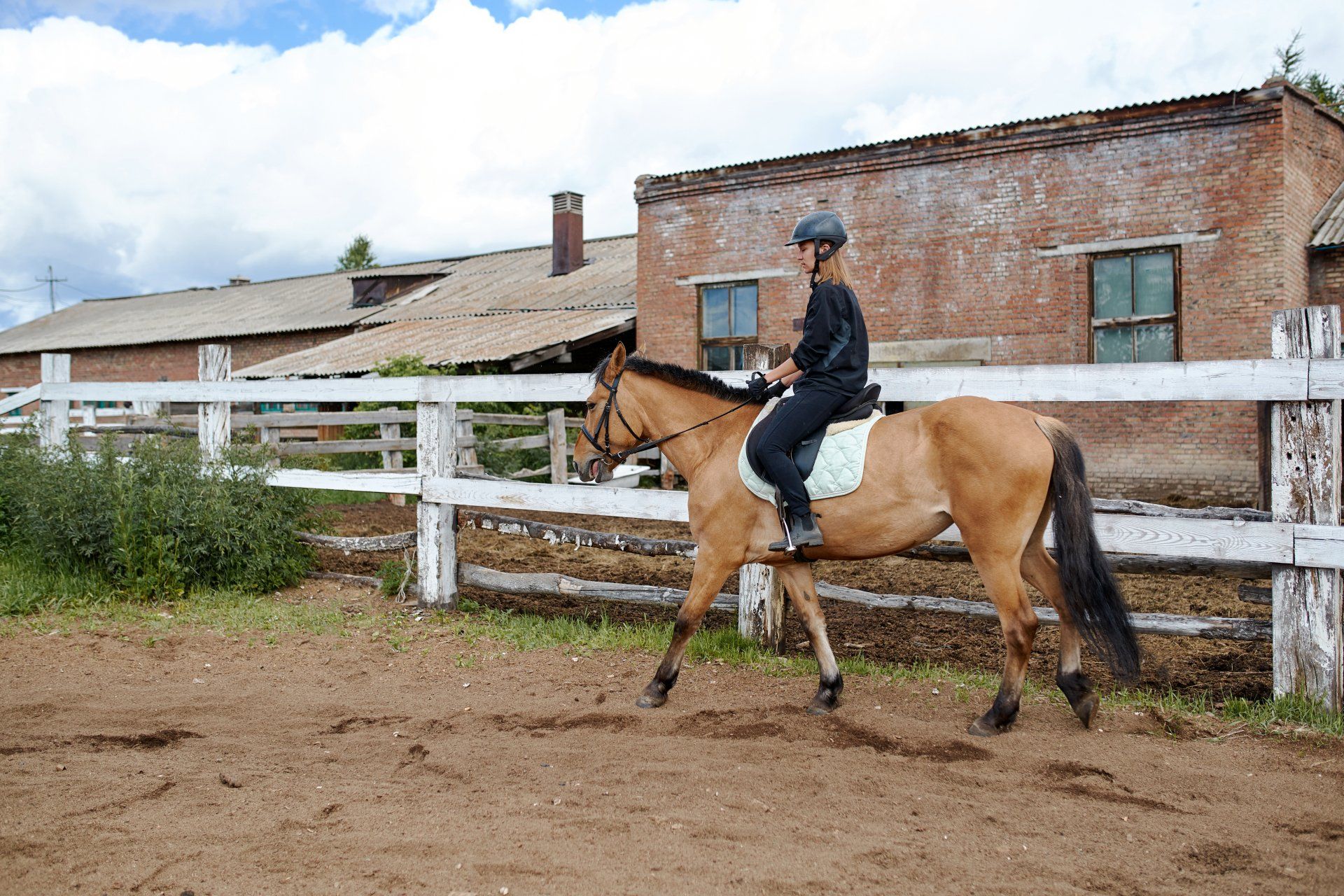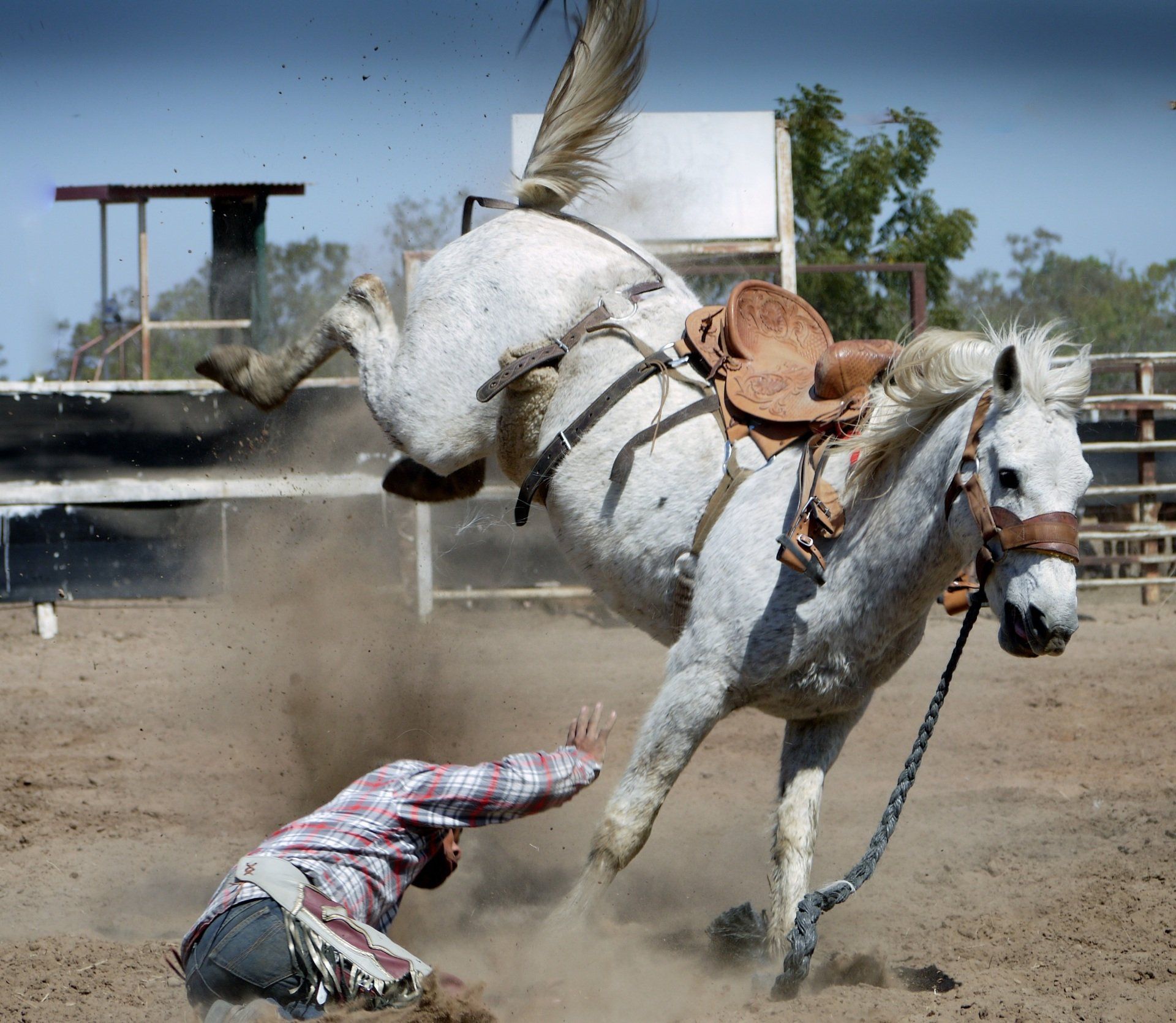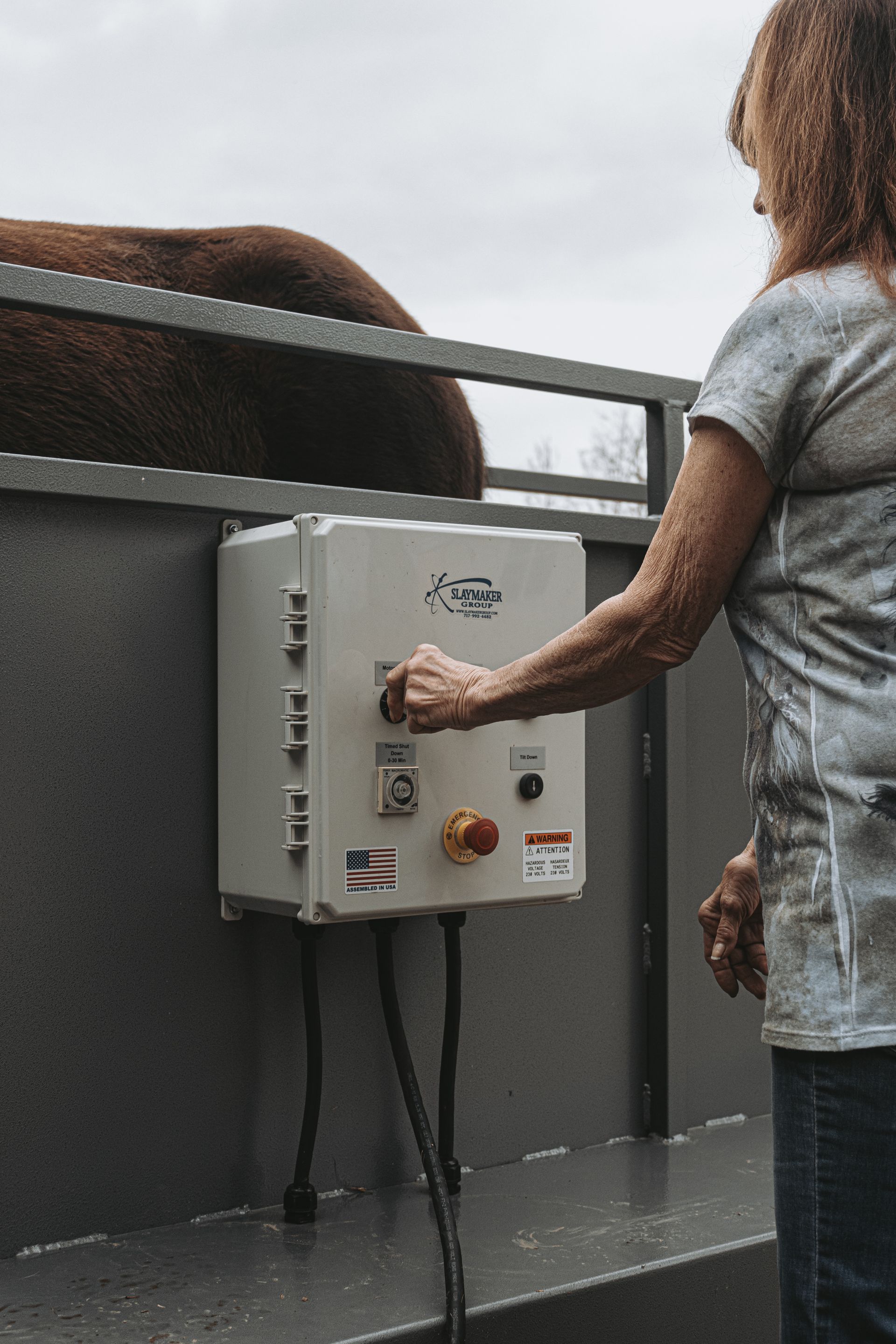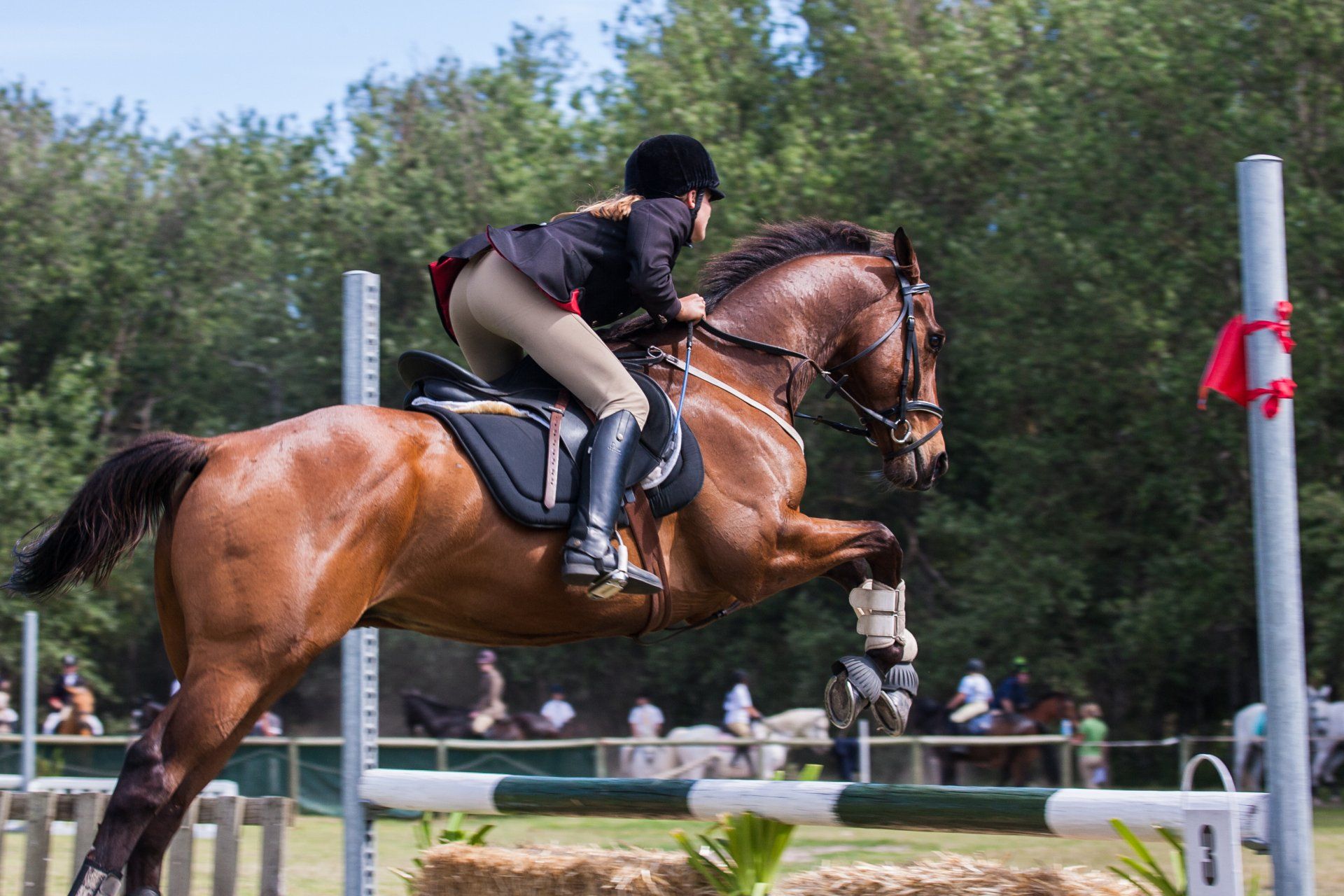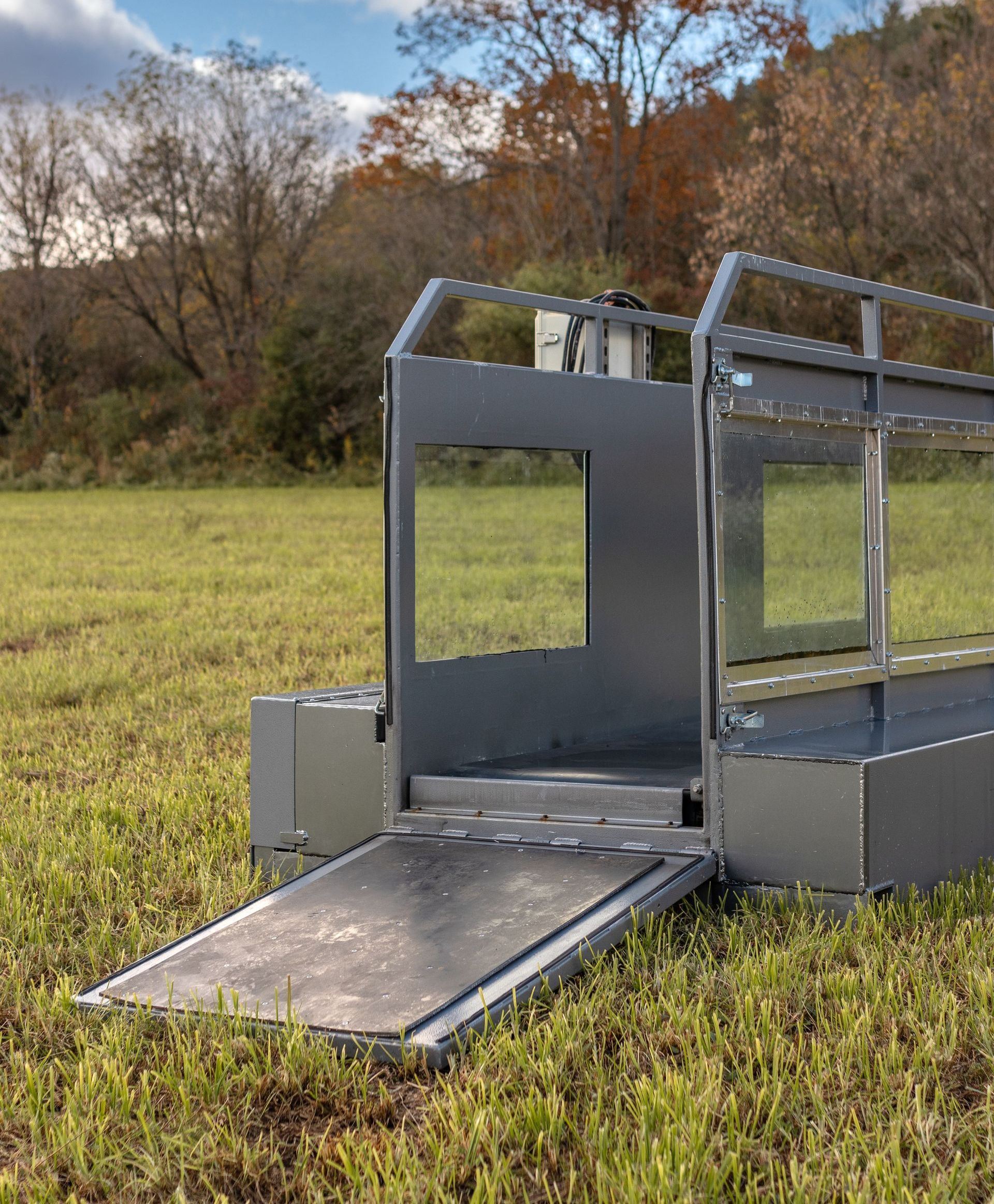Designing a Horse Rehab Program: Your Guide to Strong and Successful Equine Rehabilitation
American Equine Rehabilitation Guide for Horse Physiotherapy
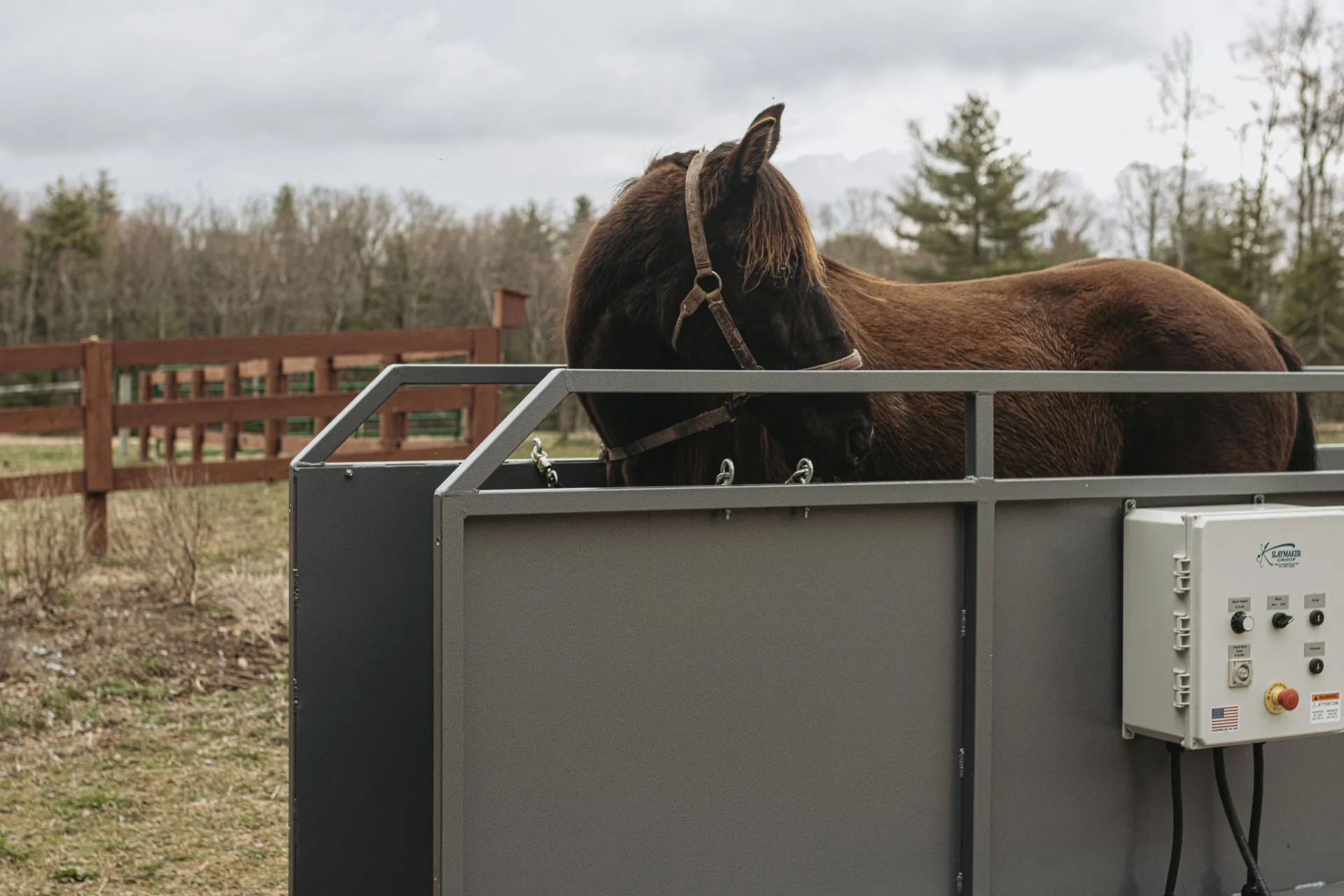
Crafting an effective rehabilitation program for your horses is a vital component to recovery and even training. It involves understanding their unique needs, consulting with veterinarians, and selecting the right equipment.There is no substitute for expert assessment and professional physiotherapy services for your horses but there are certainly exercises and tools that will complete a holistic approach to equine rehab. At Treadlite we know that a well-structured, consistent rehab plan can ensure your horse’s speedy and safe recovery. Here are our step-by-step guidelines for creating a tailored rehab plan that meets your horse’s needs.
Step 1: Assess the Injury and Consult a Veterinarian
Before starting any rehabilitation program, getting a thorough assessment from a qualified veterinarian is crucial. They can diagnose the injury, determine its severity, and provide treatment recommendations. This initial consultation will form the foundation of your horse's rehab plan. Afterall, rehab and horse physio without a professional exam and diagnosis has the potential to do more harm than good.
Step 2: Set Clear Goals
Define your goals for the rehabilitation program. Goals include reducing pain, restoring mobility, building strength, and preventing future injuries. Having clear objectives will help you track progress and make necessary adjustments to the plan.
Step 3: Develop a Tailored Exercise Plan
A well-rounded exercise plan is key to rehabilitation. The exercises should target the specific injured muscles and joints while promoting overall fitness and balance. Here are some components to include:
- Lunging: Lunging helps improve flexibility and build muscle without the rider’s weight. To avoid overstraining, focus on short, controlled sessions.
- Transitions: Practicing transitions between gaits (walk, trot, canter) and within gaits helps build strength and balance. Start with gentle transitions and gradually increase intensity.
- Trotting Laps in Water: Water resistance exercises, such as trotting in shallow water, strengthen muscles while minimizing impact on joints. Treadlite’s water treadmill is an incredible option for horses needing consistent resistance exercises for rehab or equine endurance.
- Walking and Trotting Hills: Incorporate hill work to build strength and endurance. Walking and trotting up gentle slopes help engage different muscle groups and improve cardiovascular fitness.
Step 4: Integrate Treadlite Treadmills
Using a treadmill can provide a controlled environment for your horse's rehabilitation. Treadlite Treadmills allow for precise adjustments in speed and incline, enabling you to tailor workouts to your horse’s needs. The shock-absorbing surface reduces the risk of injury while providing a consistent exercise routine.
Step 5: Include Complementary Therapies
Incorporate complementary therapies to support the rehab process. These therapies can enhance the effectiveness of your exercise plan and promote overall well-being.
- Equine Massage Therapy: Massage therapy helps reduce muscle tension, improve circulation, and promote relaxation. It can be particularly beneficial for horses recovering from muscle injuries.
- Chiropractic Care: Regular chiropractic adjustments can ensure the spine and joints are aligned, supporting overall muscle health and development. This is crucial for preventing future injuries.
- Hydrotherapy: Hydrotherapy, such as swimming or water treadmills, offers a low-impact way to build strength and flexibility. It’s beneficial for joint and ligament injuries.
Step 6: Monitor Progress and Adjust the Plan
Assess your horse’s progress regularly and adjust the rehabilitation program as needed. Consult with your veterinarian to ensure that your horse is recovering as expected. Based on your horse’s response, be prepared to modify exercises, increase intensity, or add new therapies.
Step 7: Gradual Return to Regular Activity
As your horse begins to recover, gradually reintroduce them to their regular activities. Start with light work and slowly increase the intensity. This helps prevent re-injury and ensures that your horse builds strength and stamina.
Designing a horse rehabilitation program requires careful planning, consistent monitoring, and the right tools. You can create an effective rehab plan that promotes a speedy and safe recovery by understanding your horse’s unique needs, setting clear goals, and integrating advanced equipment like Treadlite Treadmills. Remember, patience and persistence are essential to successful rehabilitation.
At Treadlite, we’re committed to helping you achieve the best for your horse. Contact us today to learn more about how our treadmills can be vital to your horse’s fitness and rehabilitation program.

